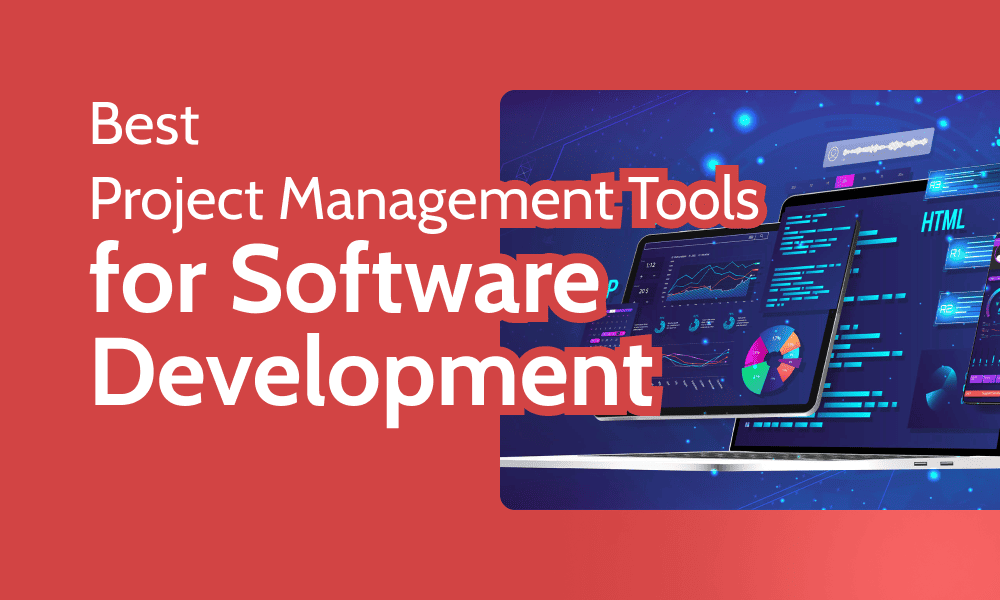In a recent Reddit thread around Cloud cost horror stories, a widespread discussion erupted on LinkedIn regarding a real-world incident where a cluster, hit by a DDoS attack, automatically scaled to 2,000 instances, leading to a staggering $120,000 bill in just 72 hours.
This event is an example of a so-called “Denial of Wallet” attack (DoW), which serves as a stark reminder of the financial risks of unmonitored automation. A respondent, amylamky, posted such an example in the thread:
A startup torches $120K in 72 hours because autoscaling had no ceiling; a DDoS popped up, the cluster spun 2,000 m5.24xlarges, and by the time anyone parsed the Slack noise, the bill looked like a phone number.
Based upon that comment, a LinkedIn post by Mikael Almstedt, a founder of Zero Cloud Waste, has sparked a widespread discussion centered on the example lesson in cloud financial management. Moreover, he provided a key takeaway: “autoscaling is a powerful tool, but without proper guardrails, it’s a ‘blank check” and offers a checklist of essential preventive measures:
- Cap every Auto Scaling Group to set a hard limit on resource consumption.
- Tie budget alerts to account-level shutdowns to automatically halt spending when a threshold is breached.
- Use infrastructure drift detection to spot unexpected changes in configuration.
- Wire spend alarms to human-centric alerts that page people, rather than relying on unread Slack channels.
The LinkedIn thread, filled with comments from developers, architects, and engineers, quickly added a layer of nuance to the core problem. Enterprise Solutions Architect Tal Klinger at AWS noted that while a spending cap is a useful corrective action, it doesn’t address the root cause. He argued that the primary issue was the DDoS attack itself, and a preventive measure suggested by Uros Zizek, a solution architect, a Web Application Firewall (WAF) should have been in place. Klinger made the following comment: “The root cause was DDoS, the symptom is the sale up”
The comment by Klinger was echoed by others who saw the incident as a security failure rather than a configuration one; it emphasizes that AWS operates on a shared responsibility model where customers are responsible for securing their applications.
The discussion also brought to light the trade-offs of implementing hard limits. DevOps Engineer Ben Shtark commented on the “tricky trade-off” between cost control and system availability. “Putting a hard monetary limit on cloud spend can literally break your production systems,” he wrote, suggesting that a surge in legitimate user traffic could be halted by a budget ceiling, causing a business outage. The consensus from this perspective is to balance soft alerts and automated approvals with dynamic guardrails.
Furthermore, several commenters noted that the problem is rooted in the very business model of cloud providers. Niklas R., a software CI/CD engineer, drew a comparison to phone bills, noting that without a prepaid card, there’s no inherent limit. He and others suggested that cloud providers should offer hard daily or weekly cost caps. This was contrasted with the case of one user who had a similar experience in Azure and was able to work with the vendor and Microsoft to “split the difference.”
This specific incident highlights a growing market for FinOps tools and services, which aim to provide the necessary guardrails and visibility for modern cloud environments. These offerings, from cloud provider-native tools like AWS Cost Explorer to third-party platforms like Apptio Cloudability and CloudZero, help organizations avoid DoW attacks by providing:
- Cost visibility and anomaly detection to identify and alert on unexpected spending spikes quickly.
- Automated governance through budget caps and policy enforcement.
- Optimization recommendations to right-size resources and eliminate waste.
Ultimately, the consensus from the DevOps community is clear: while autoscaling is a critical enabler of modern cloud architecture, it must be paired with a robust FinOps strategy to prevent it from becoming a financial liability.









